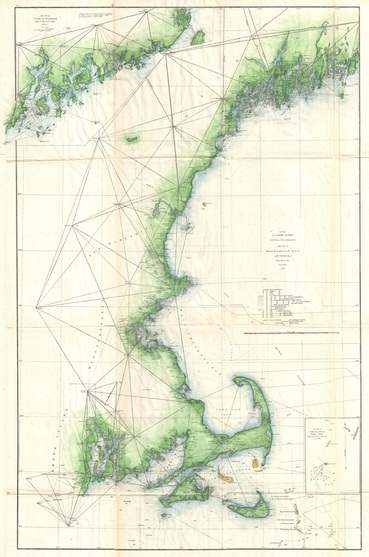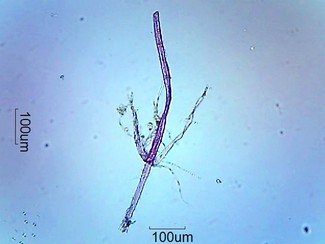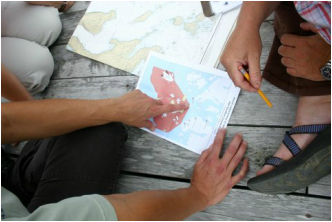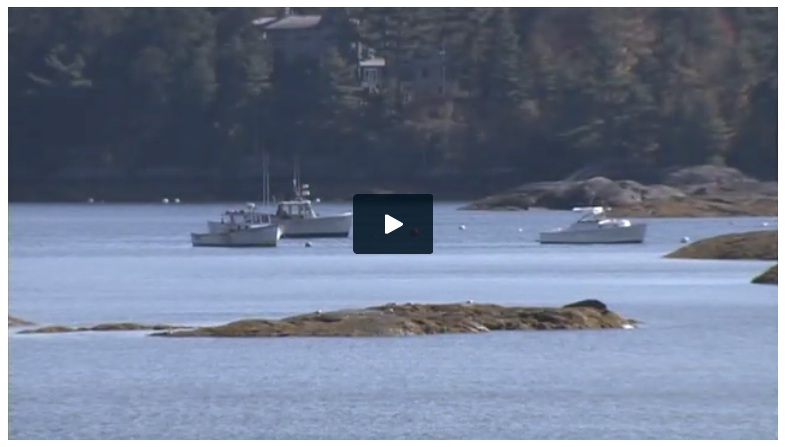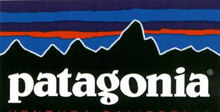New England Marine Microplastics Sampling Project
The Project
Adventurers Scientists is recruited a flotilla of adventurers along the New England coast to study marine microplastic pollution. With support from a Patagonia Environmental Grant, AS and our research partners are able to better understand this disturbing form of pollution.
Initial studies have found that 99 percent of seawater samples from the Maine coast contain microplastic particles. These samples contained an average of 17 plastic particles per liter of water. These tiny particles attract toxins that adhere to them. Ingested by small marine life, they move up the food chain, where the toxins bioaccumulate in larger marine animals, birds and humans. Microplastics come from several sources: They weather from larger marine plastic debris like drink bottles, commercial fishing gear or shopping bags; they’re laundered from nylon clothing; and they wash down the drain with many common cosmetics. Researchers need help from outdoor enthusiasts to collect samples to better understand the source, composition and distribution of this pollution. How will these data be used?Researchers have counted and characterized the microplastic particles in each water sample. Their work is published and available upon request. Check it out on the project page!
Watch a news story from WABI5 in Maine:
|

